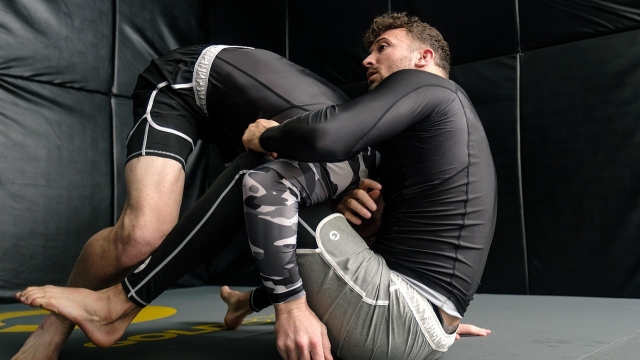Introduction to Jiu Jitsu What Beginners Need to Know

Jiu jitsu is a martial art and combat sport that emphasizes grappling and ground fighting techniques. It is renowned for its effectiveness in self-defense and its ability to empower practitioners, regardless of their size or strength. For those looking to embark on this rewarding journey, understanding the fundamentals is crucial. This guide will explore essential information for newcomers, including techniques, finding the right training environment, practical tips, and valuable resources to support your learning process in jiu jitsu for beginners.
Introduction to Jiu Jitsu: What Beginners Need to Know
At its core, jiu jitsu focuses on using leverage, technique, and timing to control opponents and gain an advantageous position. It is often described as a chess game on the mat, where strategy and skill play a significant role. For beginners, the benefits of practicing jiu jitsu extend beyond learning self-defense; many find it enhances physical fitness, boosts confidence, and fosters a sense of community. Understanding the philosophy behind jiu jitsu can motivate new practitioners to commit to their training journey.
Essential Techniques and Positions for New Practitioners
As a beginner, familiarizing yourself with key techniques and positions will lay a solid foundation for your training. Here are some fundamental concepts:
1. Guard
The guard position is where you are on your back with your legs controlling your opponent. There are several variations, including closed guard, open guard, and half guard. Mastering the guard allows you to defend against attacks and set up your own submissions or sweeps.
2. Mount
The mount position occurs when you are on top of your opponent, sitting on their chest. This is a dominant position that allows for effective strikes and submissions. Learning how to achieve and maintain the mount is essential for beginners.
3. Side Control
Side control is achieved when you are perpendicular to your opponent, lying across their torso. This position provides control and opens up various submission opportunities. Understanding how to transition to and maintain side control is vital for effective grappling.
4. Submissions
Submissions are techniques designed to force an opponent to tap out, indicating surrender. Common submissions for beginners include the armbar, triangle choke, and guillotine choke. Practicing these techniques will help you understand the mechanics and leverage necessary to execute them effectively.
Finding the Right Jiu Jitsu Class or Gym for You
Choosing the right jiu jitsu class or gym is essential for creating a positive training experience. Look for a facility that prioritizes a supportive and welcoming environment. Observing a class before enrolling can give you insight into the instructor’s teaching style and the class dynamics. Furthermore, consider the gym’s schedule, location, and community vibe to ensure it aligns with your personal preferences and training goals.
Training Tips and Best Practices for Beginners
As you begin your jiu jitsu journey, consider the following tips to enhance your training:
- Stay Consistent: Regular training is key to progress. Aim to attend classes consistently to reinforce your skills.
- Focus on Fundamentals: Mastering basic techniques will serve you well as you advance. Avoid rushing to learn advanced moves before solidifying your foundation.
- Embrace Sparring: Sparring is an essential part of jiu jitsu. Approach it with an open mind, focusing on learning rather than winning.
- Ask Questions: Don’t hesitate to seek clarification from instructors or more experienced students. Engaging with your training community can deepen your understanding.
Resources for Learning Jiu Jitsu: Books, Videos, and Online Communities
Supplementing your training with additional resources can enhance your understanding of jiu jitsu techniques and strategies. Consider exploring:
- Books: Look for foundational texts written by respected practitioners that cover techniques, philosophy, and the history of jiu jitsu.
- Instructional Videos: Many online platforms offer instructional content that can be helpful for visual learners. Look for videos that break down techniques step-by-step.
- Online Communities: Joining forums or social media groups dedicated to jiu jitsu can provide a sense of community and allow you to share experiences and tips with fellow enthusiasts.
In conclusion, embarking on your journey in jiu jitsu for beginners can be an enriching experience. By understanding essential techniques, finding the right training environment, and utilizing various resources, you can set yourself up for success in this dynamic martial art. Remember, the key to progress lies in patience, practice, and a willingness to learn. Happy training!


